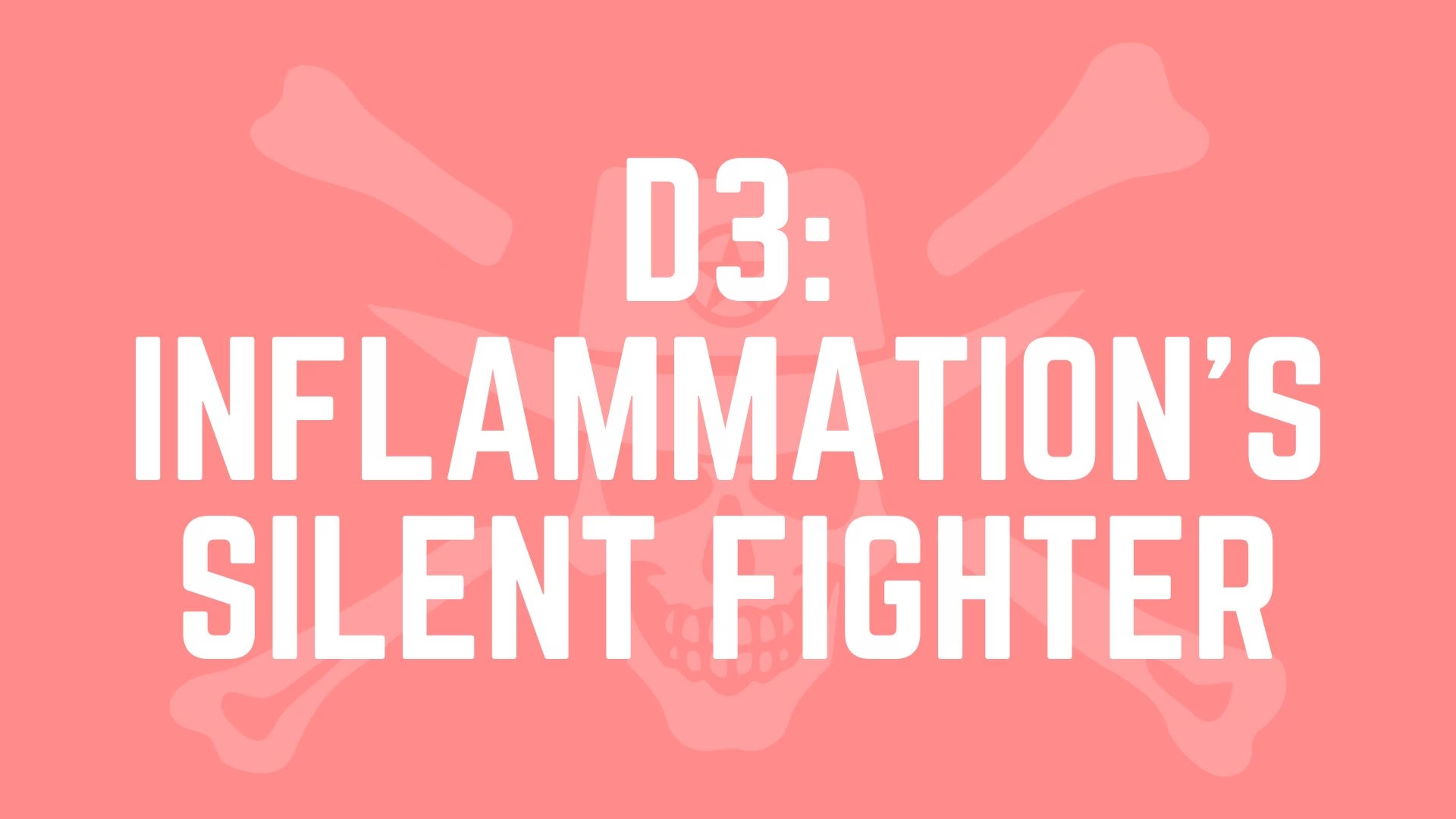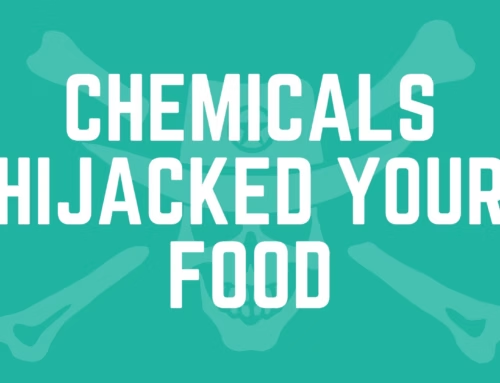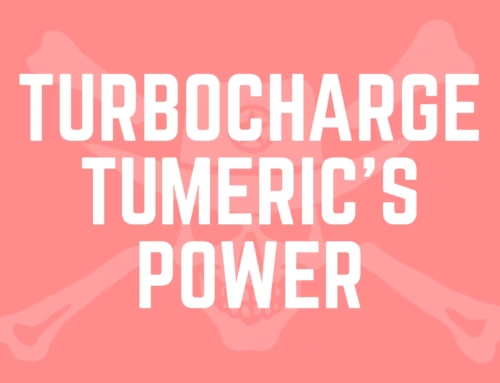Vitamin D3 & Inflammation: Dosage, Timing & Benefits
Why Vitamin D3 Is a Cornerstone for Inflammation Control
More than 40% of adults in northern latitudes are deficient in vitamin D3—especially during winter months—leaving their immune systems primed for overreaction. Unlike most vitamins, D3 acts like a hormone, binding to receptors on nearly every cell type. Low levels correlate with:
- ↑ CRP & IL-6: Deficiency (<20 ng/mL) linked to 50–60% higher inflammation markers compared to optimal levels (40–60 ng/mL).
- Autoimmune Flare-Ups: Higher risk of multiple sclerosis, rheumatoid arthritis, and IBD when D3 is low.
- Infection Susceptibility: Increased respiratory infections and slower recovery times.
Your next vitamin D3–boosting meal or sun session isn’t just about bones—it’s the single best step to dial down chronic inflammation at its root.
How D3 Reprograms Your Immune Response
Vitamin D3 (cholecalciferol) exerts multi-layered control over inflammation:
- Macrophage Polarization: Shifts macrophages from pro-inflammatory M1 to reparative M2 phenotype—helping clean up debris and resolve inflammation.
- Cytokine Modulation: Down-regulates IL-6, TNF-α, and IL-17 while up-regulating IL-10 and TGF-β—creating a balanced cytokine environment.
- T-Cell Regulation: Promotes regulatory T-cells (Tregs) that prevent runaway immune attacks and maintain self-tolerance.
- Barrier Integrity: Enhances tight-junction proteins in the gut and lungs, reducing “leaky” pathways for inflammatory triggers.
Science Insight: In vitro studies show immune cells exposed to adequate D3 reduce NF-κB activation by 30%, directly suppressing a master inflammatory switch.
Sun, Food & Supplements: Choosing Wisely
Maximize your D3 through layered strategies:
- Sun Exposure
How: Midday sun on arms & legs for 10–20 minutes, 3×/week.
Why: UVB triggers skin synthesis of up to 10,000 IU D3 in minutes. No sunscreen for that brief window—then protect skin to prevent photoaging. - Dietary Sources
Foods: Wild salmon (450 IU/3 oz), sardines (250 IU), pastured egg yolks (40 IU).
Tip: Pair fish with a side of mushrooms exposed to UV light for added D2 support. - Supplement Forms
Best Choices: Vitamin D3 (cholecalciferol) softgels or sprays; vegan options from lichen.
Look For: Micro-encapsulated or oil-based formulas for 30–50% better absorption than dry tablets.
Precise Dosage & Timing for Maximum Impact
Your ideal dose depends on baseline levels, body weight, and sun habits:
- Maintenance: 1,000–2,000 IU/day to keep serum 25(OH)D between 40–60 ng/mL in healthy adults.
- Repletion: If <20 ng/mL, 5,000–10,000 IU/day for 8–12 weeks, then retest to avoid overshoot.
- With Fat: Always take D3 with a meal containing ≥10 g fat—boosts micelle formation and absorption.
- Split Doses: For high-dose protocols, divide into morning and evening to maintain stable blood levels.
Do’s & Avoids
- Do: Test 25(OH)D every 3 months during high-dose supplementation.
Avoid: Blindly taking ≥10,000 IU/day indefinitely—risk of hypercalcemia and kidney stress. - Do: Pair D3 with 100–200 mcg vitamin K₂ to guide calcium into bones and away from arteries.
Avoid: High-dose calcium supplements without K₂, which can accelerate vascular calcification. - Do: Balance sun with skin care—short, frequent unprotected exposures, then cover up or use SPF.
Avoid: Tanning beds or any UV device due to cancer risk.
Quick Win: Boost Your Levels by Tomorrow
Here’s a simple morning routine to jump-start your D3 today:
- Spend 15 minutes in direct sun (no sunscreen, arms & legs exposed).
- With breakfast, take 2,000 IU D3 + 100 mcg K₂ in an oil-based softgel.
- Include a 3-oz serving of fatty fish (e.g., wild salmon) or 2 pastured eggs.
You’ll spike blood D3 by 10–15 ng/mL within 24–48 hours—enough to start lowering inflammatory markers almost immediately.
Related Deep Dives
- Omega-3 Fatty Acids: Rebalancing Inflammation
- How Quality Sleep Fights Chronic Inflammation
- Supplements for Inflammation Support
FAQ
- Can I get enough D3 from food alone?
Unlikely—diet supplies only ~10–20% of needs; sun and supplements fill the gap. - Is daily testing necessary?
Only if you’re on >5,000 IU/day for more than 3 months; otherwise biannual checks suffice. - What if I live in a cloudy region?
Prioritize supplements and UV-exposed mushrooms; consider a UV lamp if clinically deficient.
Conclusion
Optimizing vitamin D3 is one of the most potent, underused strategies to calm chronic inflammation and bolster your immune resilience. Layer safe sun exposure, nutrient-dense foods, and targeted supplementation—then watch your CRP fall and energy rise as you tackle every Jolly Outlaw adventure with renewed vitality.
Disclaimer: This article is for educational purposes only and does not constitute medical advice. Always consult a qualified healthcare professional before making any changes to your diet, exercise, supplement regimen, or lifestyle—especially if you have pre-existing conditions or are on medications.





